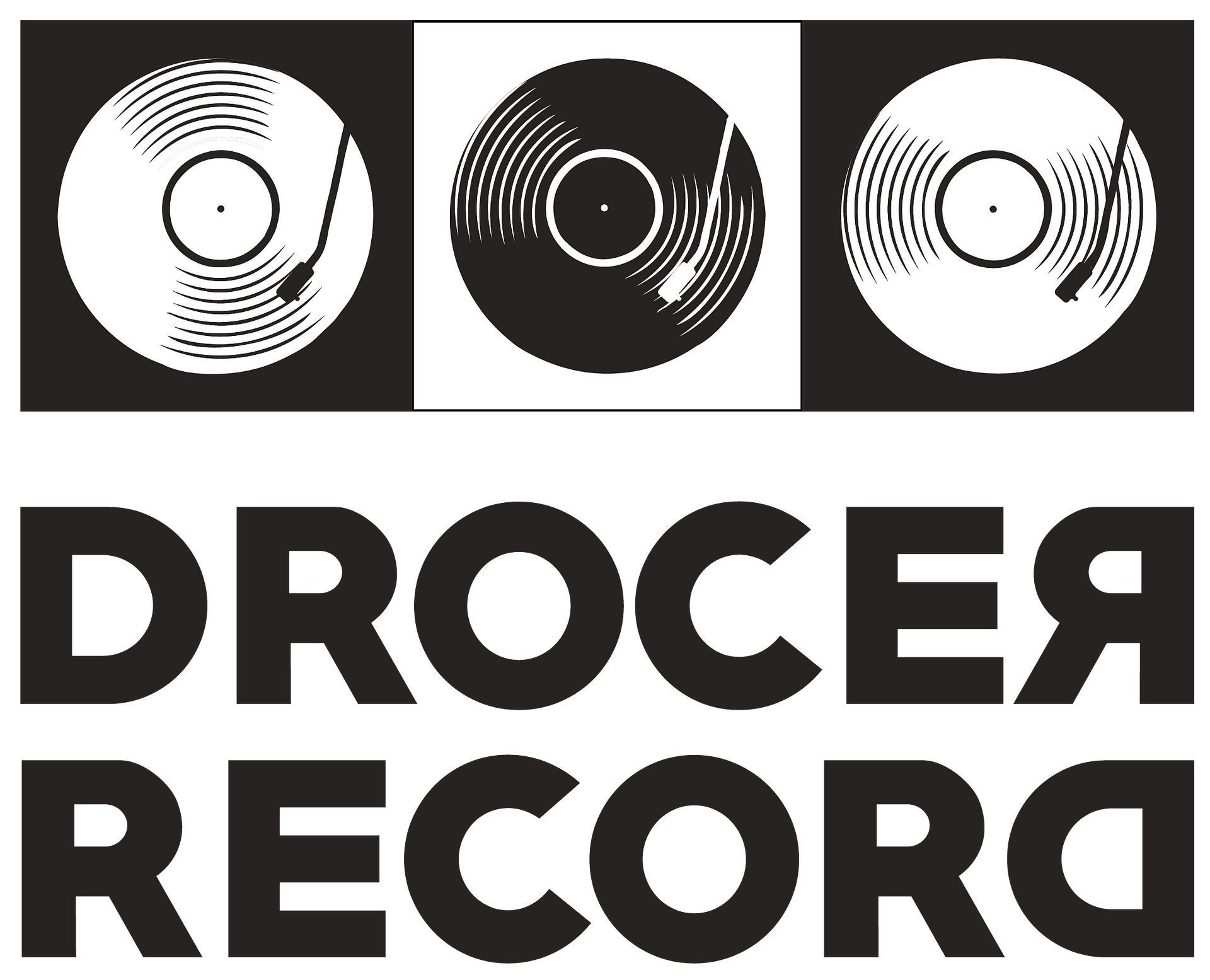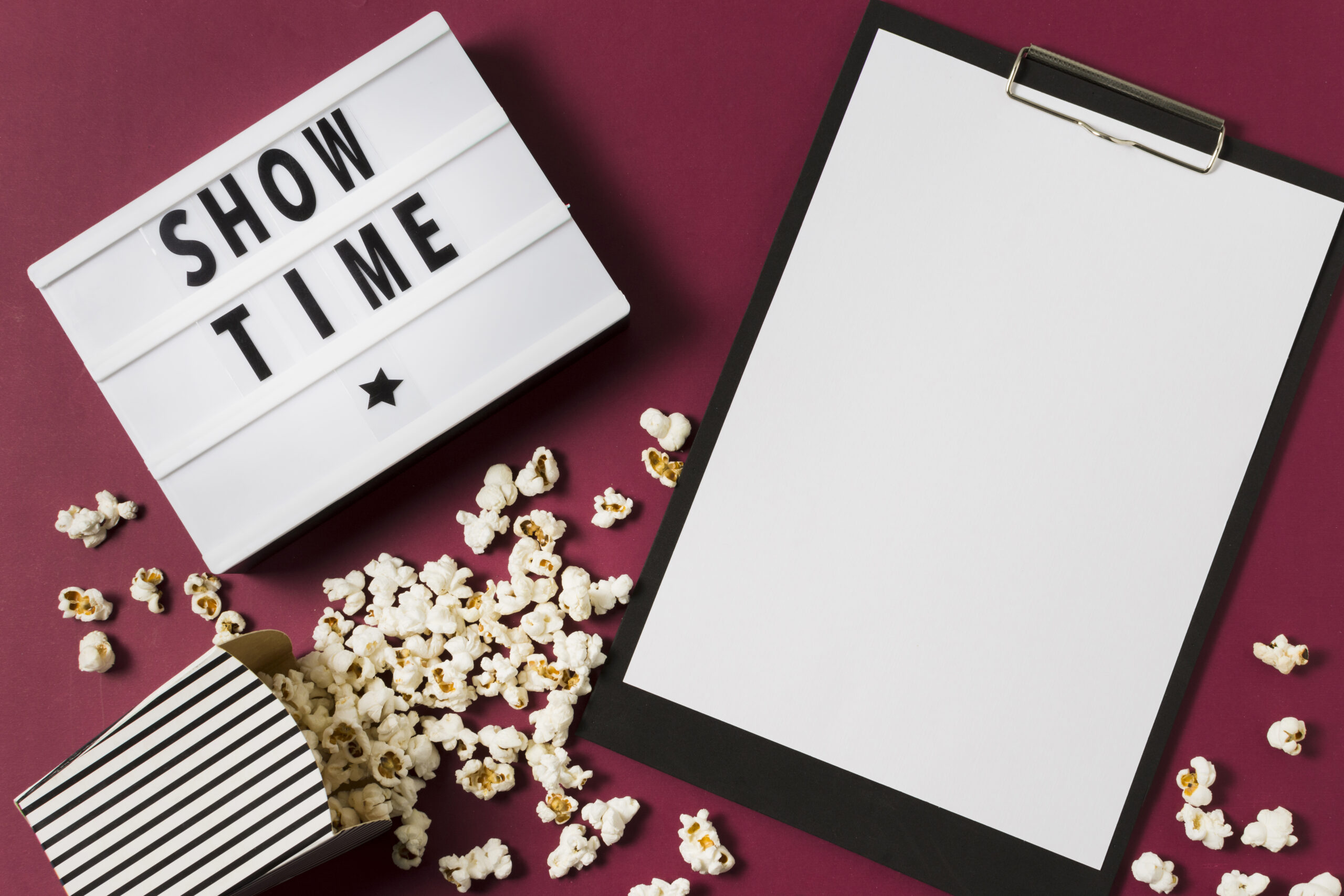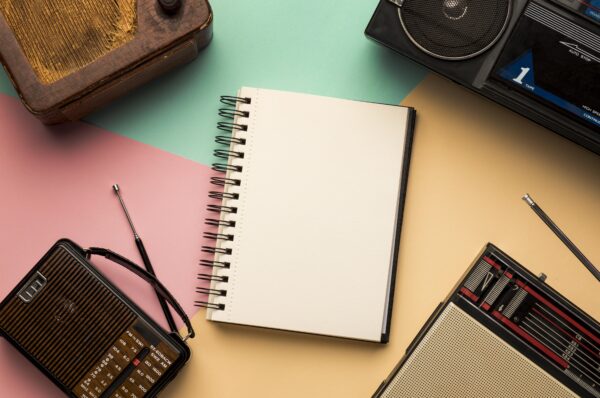No one can deny that rap has grown into one of the most successful and popular genres of music of our time. It has grown so much that in 2019, 52 of the top 100 streamed songs were hip-hop!
Although the official birthplace of rap is the United States of America, rap is far from exclusive now – extending its boundaries, crossing the waters, and inserting itself in almost every country.
Multiple variations of the genre have their distinctive elements and are based on the American origins of the genre in the early 1980s. Click on this link to read all about the history of Rap –
Continue reading to discover each country’s beautiful take on RAP, including Egypt, Brazil, India, Korea, the Netherlands, the United Kingdom, France, and Nigeria.
Egyptian:
Egypt has experienced a significant transformation in the production and style of music during the previous few years. Rap songs and mahraganat are two recent examples of emerging song genres with sizable audiences and fan bases. Although rap did not initially enjoy significant popularity, the situation has changed, and rap is currently one of the most popular movements in Egypt.
Way Crow Family from 1998, Egy Rap School from 2000, and MTM from 2003, whose song “My Mother is Traveling” enjoyed enormous success, represent the earliest generations of rap in Egypt. Rap music was later incorporated into films and plays, as with most works by Ahmed Makki and Ahmed Al-Fishawy. Rappers then kept on emerging and multiplying until “Mahraganat” appeared.
Mahraganat” relies on fast-paced music and words, yet it differs in how the vocalist approaches the subject. Compared to rap songs, which were known for highlighting political topics, mahraganat focuses more on the issues the lower classes face and does so in their own language.
Mahraganat, which began in late 2007 and evolved into a style similar to rap songs but with an Egyptian folk feel, is a hybrid of rap and techno, or electro-folk music. Mahraganat music is loud and fast-paced, and its lyrics frequently address poverty, marginalization, drug use, and friendship issues.
This genre of underground Egyptian rap, Mahraganat, is growing popular and getting more recognition. The Egyptian pop song “El-Melouk” (“The Kings”) has been featured in the soundtrack of the new Marvel series Moon Knight – it is played in the credits to close the second episode of the series.
Also Check: – When Was The Vinyl Record Player Invented
Brazilian:
The latter adopted the protest strategy of the original funk, mainly targeting the informal settlements known as favelas. Tracks with “unvarnished flow” experienced uneven success and were confined to the fringes of contemporary music until 1992.
The musical evolution of “Brazilian-style” rap contributed significantly to its popularity in the 1990s and 2000s. Other performers don’t hesitate to set their words on less traditional rhythms, even though historical groups like Racionais MC’s claim “pure” titles with imposing beats that frequently go without vocals.
Like other nations in Latin America, Brazilian rap is dedicated to criticizing society’s hypocrisy. Poverty, racism, narcotics, and police brutality are among its most prevalent themes.
Also Check: – What is Background Score in Video Game Music
Indian:
While Indian hip-hop lacked the necessary spark, “Ek Tera Pyar,” the first full-length Punjabi rap album by a Pakistani American rapper named Bohemia (a.k.a the King of Punjabi Rap), was a smash hit in India.
Naved Shaikh (Naezy), a young child from Mumbai, rose from the streets with inspiration from Jay-Z and Nas. In January 2014, Naezy released his debut song, “Aafat!” with versatility, impressive skills, and constructive storytelling. The triumphant song “Yeh Mera Bombay,” which Vivian Fernandes, better known by his stage name “Divine,” uploaded on his YouTube account in 2013, helped him acquire recognition.
It’s incredible to see Indian rappers get the recognition and fame they deserve. Naezy and Divine were approached by director Zoya Akhtar, who proposed creating a Bollywood film based on their experiences. The stories of both aspiring rappers are depicted in the 2019 film Gully Boy, starring Ranveer Singh and Alia Bhatt.
Korean (K-Pop):
Similar to other hip-hop adaptations in style, K-hip hop, often known as Korean hip-hop, first gained popularity in the late 1980s and early 1990s. Korean Americans played a crucial role in this cultural exchange by bridging the gap between the two cultures. More so than rappers from other nations. Contrary to American hip-hop, South Korea has extreme rules banning the use of any type of drug, including marijuana. As a result, there is no reference to drugs at all in South Korean hip-hop.
We also consider the Confucian idioms and principles to be a reflection of the music’s main listeners, the Koreans themselves. In recent years, more traditional Korean instrumentals have been included in K-hip hop tracks. For instance, a conventional gong is used in the song “EUNG freestyle,” which was so well-liked that it entered the American culture.
Dutch:
When discussing hip-hop, the Netherlands isn’t often the first place that springs to mind, even though it is one of the most well-liked genres there. Hip-hop musicians from the Netherlands made up eight of the top ten most streamed artists in the Netherlands in 2018. Midway through the 1980s, Dutch hip-hop, frequently called Netherhop, began to gain popularity. However, rap was in English, almost like imitation art, before Netherhop could develop into a style independent of American origins.
As Netherhop adjusted to its new surroundings over time, stylistic modifications resulted. Most of the lyrics are in Dutch and contain dialect-specific slang from the Netherlands. Most of the songs are in Dutch, while a few lines or words in English are thrown in here and there.
The fast-paced sounds in the background of the raps, which occasionally seem electronic, also indicate that dance music and pop have a lot in common with Netherhop. This resulted from the enormous popularity of the EDM and DJ culture, especially in the Netherlands, which later influenced the sound of hip-hop there.
Dutch hip-hop frequently emphasizes pride in generating income and managing one’s affairs. There is a lot of raucous language and emphasis on the things the rappers have bought with their money since there is a focus on the past.
There are few differences between American hip-hop and Netherhop’s themes, although the two genres’ musical styles differ significantly.
British:
British and American hip-hop are shockingly distinct despite both being sung in English. The accent is an evident and immediate way to tell Americans and Britons apart. In stark contrast to popular perceptions of British singing, which audibly isn’t much different from American singing, UK hip-hop frequently has a strong British accent. Grime, a subgenre of UK hip-hop, may be identified just by the thickness of this accent because this heavy accent is a crucial component of the music. Along with the heavy accent, the bass in British hip-hop is essential to the music.
Compared to American hip-hop and R&B, there is often far less crossover between R&B and hip-hop in the UK. Hip-hop in Britain has a dark, gritty sound that fits the atmosphere. The bulk of British artists also have notably deep voices. Similar to American rap, British rap focuses on the rapper’s flow and poetry rather than changing the voice tones much. The UK’s urban landscape, notably London, with its many distinct ethnic groups, makes hip-hop easily adaptable to the challenges of oppressed groups and the difficulties of the underprivileged. In terms of content, it is not very different from American hip-hop.
Little Simz is a British MC to keep an eye on since she has given this particular style her spin while still adhering to the distinctive elements of UK hip-hop. She has a unique flow and voice characteristic of British rap. However, Little Simz explores unusual sounds and influences in the UK rap scene and experiments with complex wordplay. In songs like “Venom” and “Woman,” Little Simz bravely explores situations and emotions that can relate to other women. This gives her music a depth occasionally missing from rap artists prioritizing commercial success over lyrical merit.
French:
Unsurprisingly, French hip-hop has its distinctive style as France is the second-largest hip-hop market in the world after the United States. Rappers from France share a common experience of suffering from racism and other types of oppression while growing up in gang-infested, impoverished urban regions.
The minority group that experiences the most discrimination in France – Muslims – has primarily carried out the adaptation of hip-hop to speak to struggle. Given that African Americans have used hip-hop platforms to speak out politically about their sociological place since the genre’s birth, this makes the substance of French rap strikingly comparable to that of its American equivalent.
Especially from the city of Marseilles, artists in the South of France frequently create politically conscious content. Rappers in the north often address issues like drug use, gang violence, and poverty head-on. The amiable, raucous, and flaunting themes of money, sex, and status are also incorporated in French hip-hop, in addition to speaking up about oppression and problems.
Due to the substantial Sub-Saharan African immigrant population, French hip-hop also exhibits a pronounced African influence (focus on bass and drums with lively dance music). Rappers from Africa and France frequently discuss their difficulties fitting in with French society. Even though American culture has significantly influenced French hip-hop, most of the lyrics are in French. They often merely use swear words or the song’s title in English.
Nigerian:

An Electronics Engineer & A MBA in Marketing Graduate, Kinjal Gosar is a passionate audiophile herself. Starting her career at India’s biggest Consumer Electronics Retail Chain, her technical knowledge is amazing. Classic Rock has been a huge part of her life and her love for Music has always been evident in all her work. A vinyl collector herself, she loves spreading the joy of analouge while giving nothing but the best to her fellow vinylheads.





